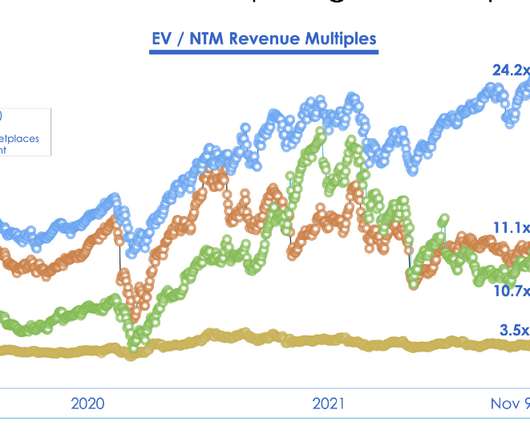Why Early-Stage VCs Should Be Careful About Intros from Bankers
Both Sides of the Table
MAY 4, 2013
There is one source I never liked and no early-stage VC should – investment bankers. But as a source of deal flow it is last on my list and both entrepreneurs and VCs should be careful about working with bankers on an early-stage (seed, a-round) deal. [no, They are venture bankers not investment bankers.








































Let's personalize your content